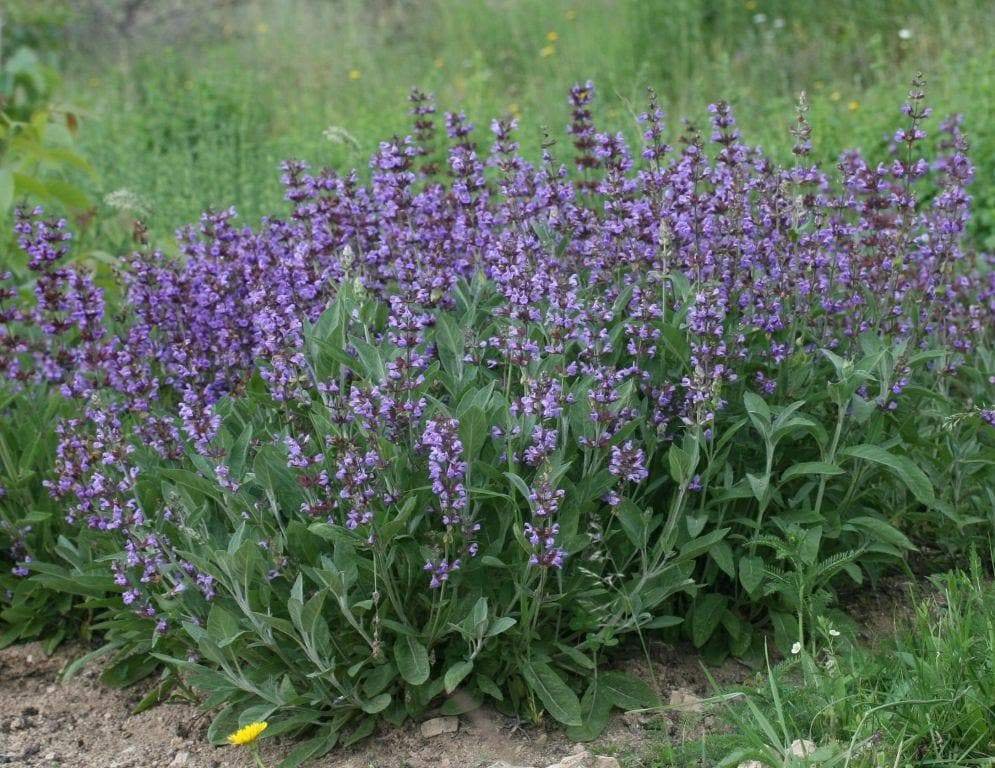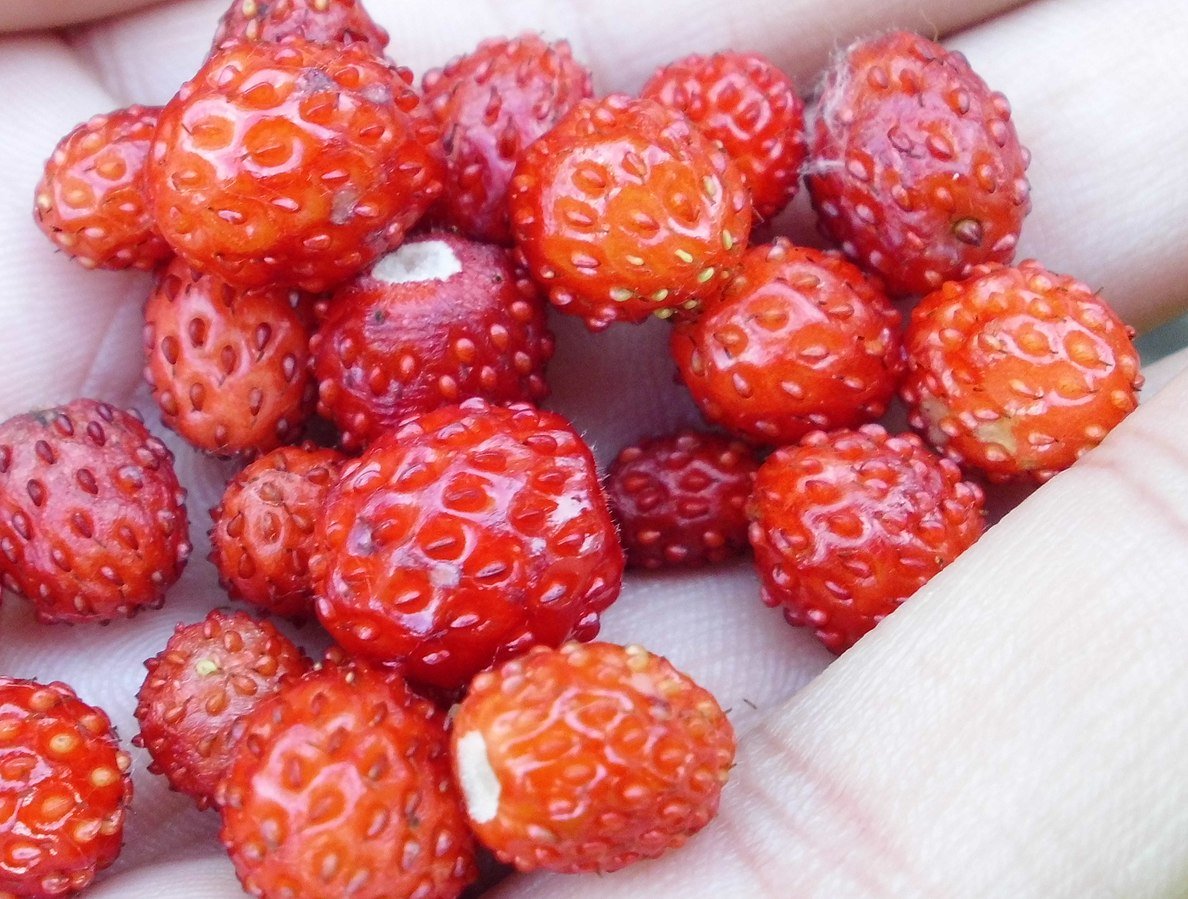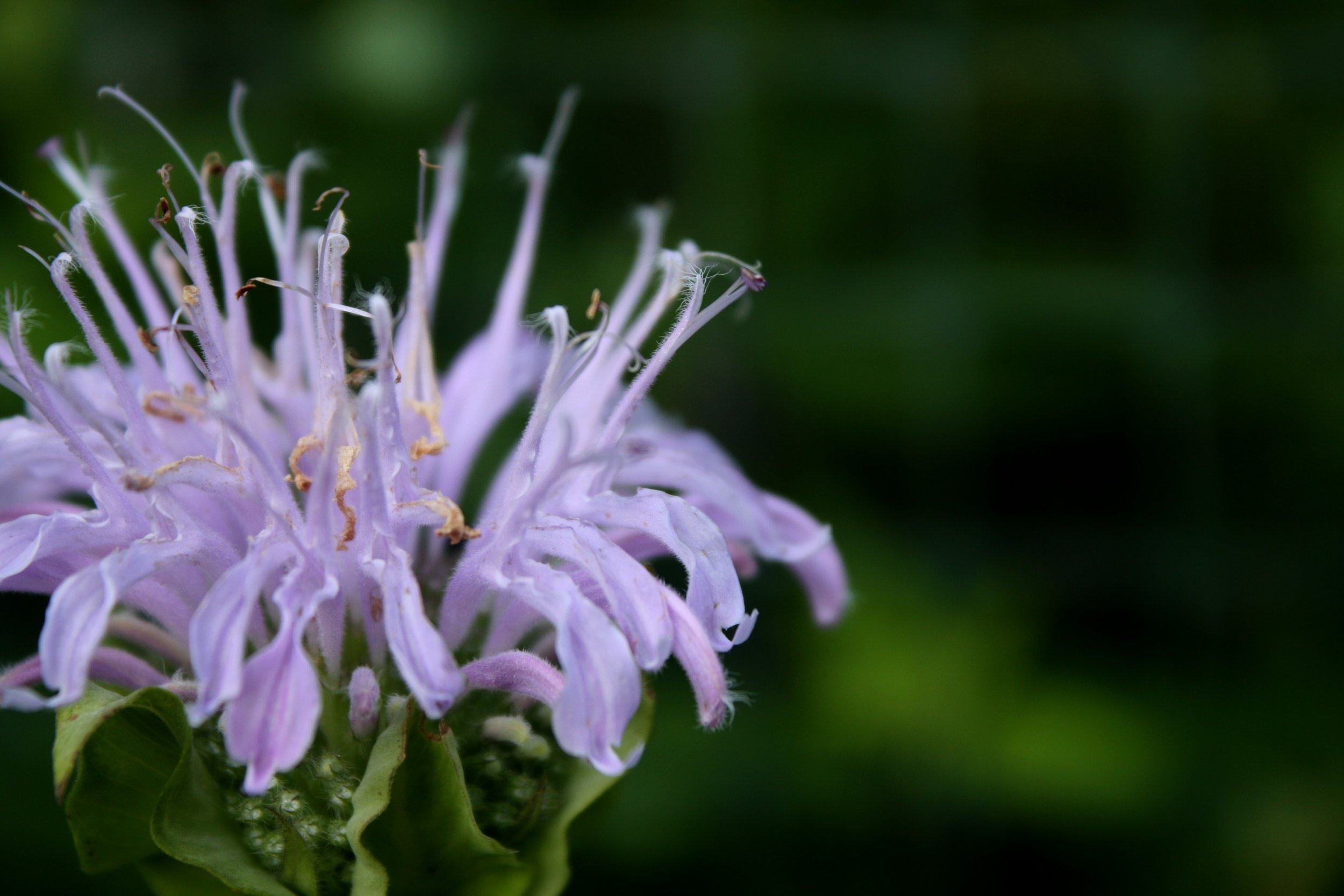 Image 1 of 2
Image 1 of 2

 Image 2 of 2
Image 2 of 2



Black Locust (1-2' seedling)
Latin Name: Robinia pseudoacacia Family: Fabaceae (Bean)
USDA hardiness zone: 5
Growth habit: Tall tree
Mature size: 82ftx49ft
Native range: Eastern North America
Preferred habitat: Full sun, distured sites, sandy soil, hedges, pasture
Pollinators: Bees
Edible parts: Flowers
Uses and functions: Rot reistant wood, firewood, nitrogen fixer
Fast growing native tree with fragrant late-spring flowers, edible raw or cooked - a favorite fritter ingredient. Wood is incredibly rot resistant, debarked fence and trellis posts last more than half a century. Very hot burning and valuable firewoord, nitrogen fixing. Excellent coppice candidate for silvopasture.
Latin Name: Robinia pseudoacacia Family: Fabaceae (Bean)
USDA hardiness zone: 5
Growth habit: Tall tree
Mature size: 82ftx49ft
Native range: Eastern North America
Preferred habitat: Full sun, distured sites, sandy soil, hedges, pasture
Pollinators: Bees
Edible parts: Flowers
Uses and functions: Rot reistant wood, firewood, nitrogen fixer
Fast growing native tree with fragrant late-spring flowers, edible raw or cooked - a favorite fritter ingredient. Wood is incredibly rot resistant, debarked fence and trellis posts last more than half a century. Very hot burning and valuable firewoord, nitrogen fixing. Excellent coppice candidate for silvopasture.









